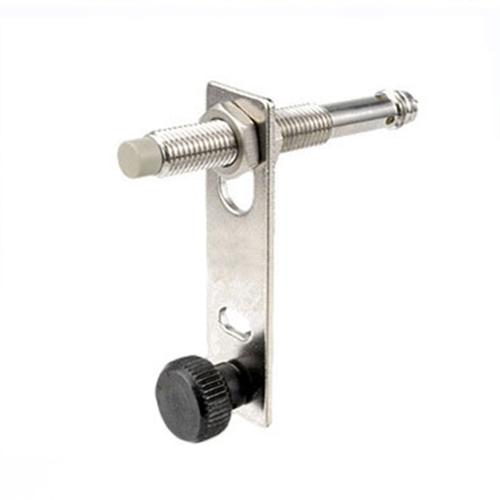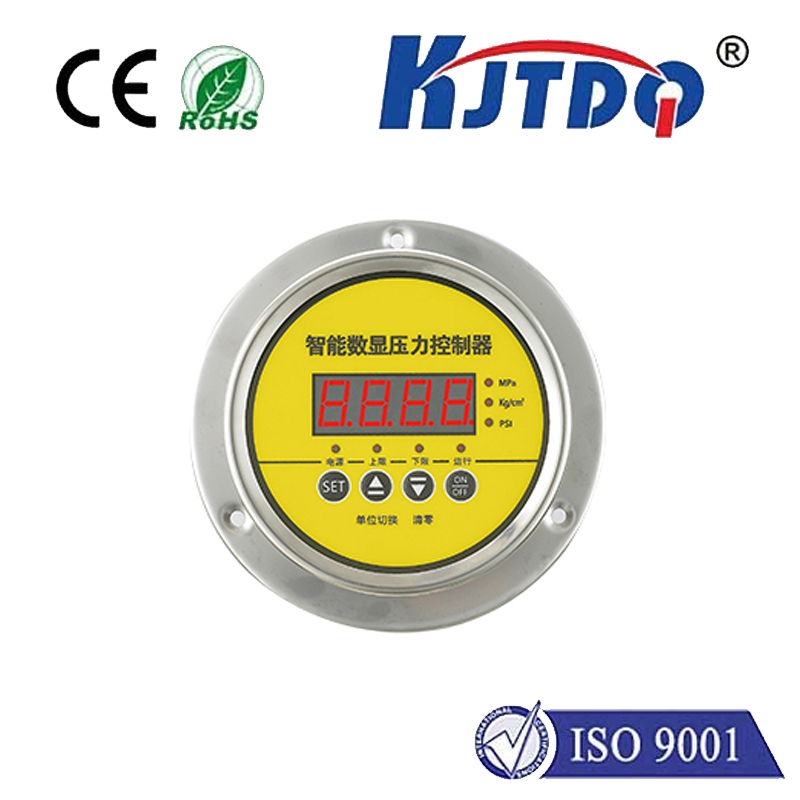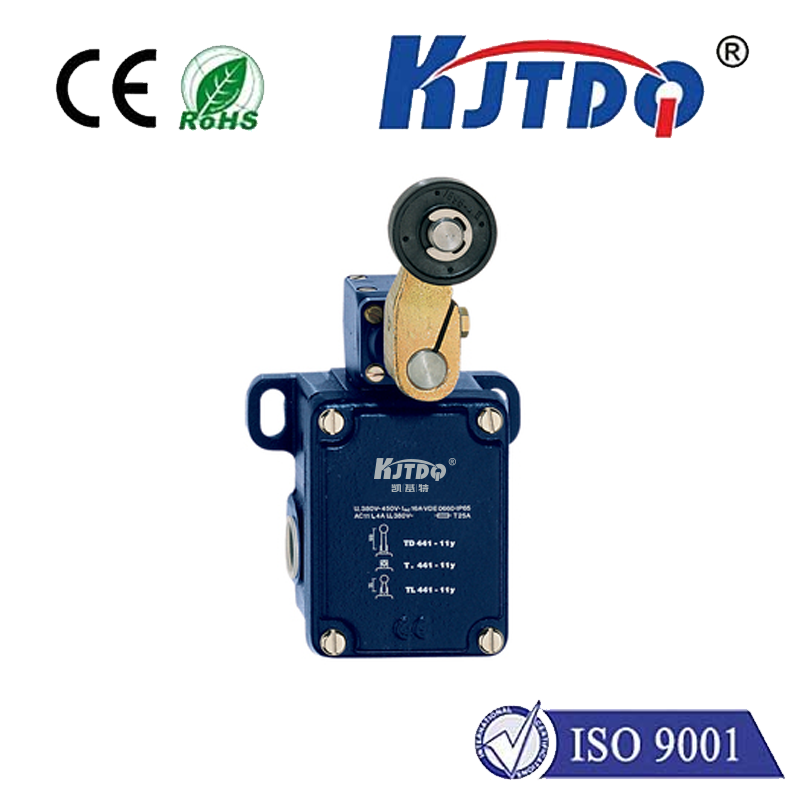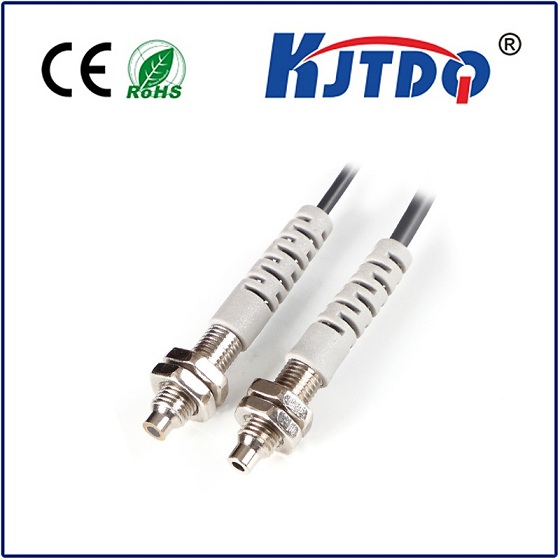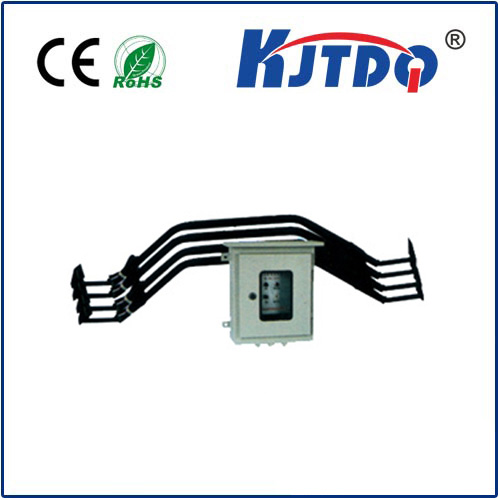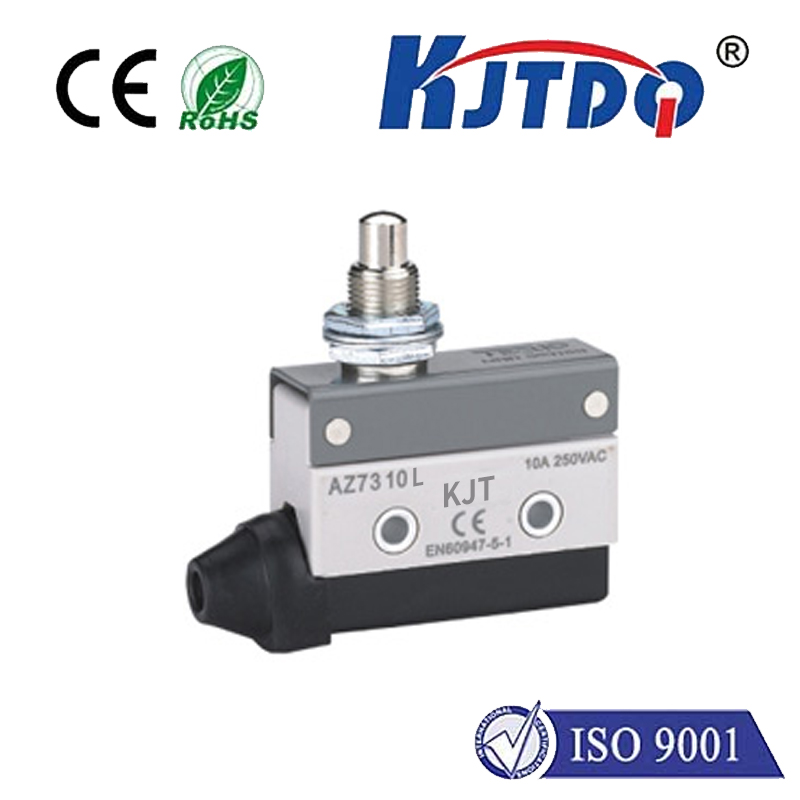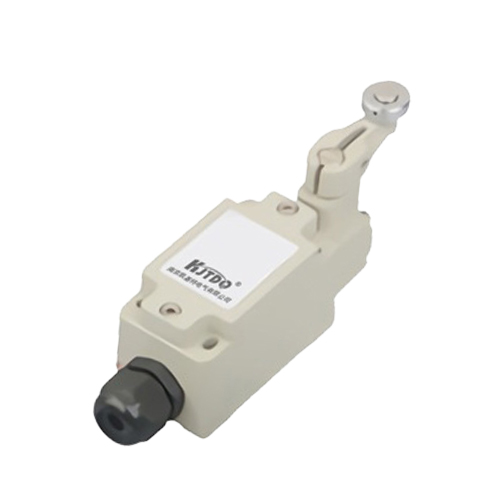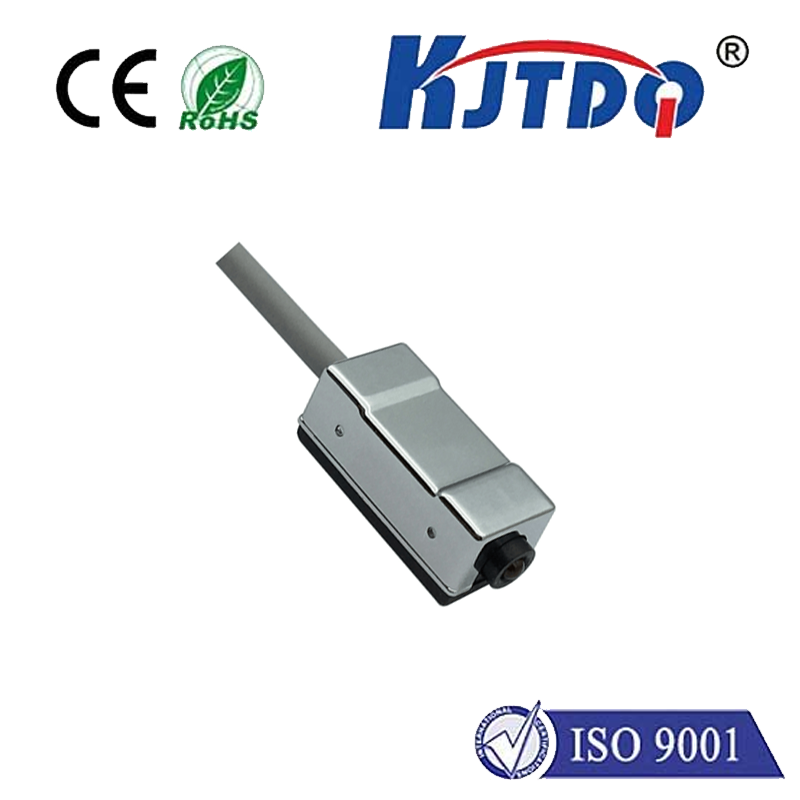tub4 limit switch
- time:2025-08-07 01:35:55
- Click:0
TUB4 Limit Switch: The Compact Precision Sentinel in Industrial Automation
**That definitive “click” within a machine often signals critical motion stopping right on target. Ensuring this happens reliably, time after time, demands a component built for precision and endurance. Enter the TUB4 Limit Switch – a compact powerhouse meticulously engineered to be the unwavering sentinel defining boundaries, confirming positions, and safeguarding operations across countless industrial landscapes.**
In the intricate choreography of modern machinery – from automated production lines and robotic arms to packaging equipment and material handling systems – precise control over movement is non-negotiable. Components must travel to exact positions, mechanisms must halt before over-traveling, and safety functions must activate without fail. This is where the unassuming yet vital limit switch plays its indispensable role. Among the diverse families of limit switches, the TUB4 series stands out for its unique blend of rugged compactness, exceptional reliability, and operational versatility.
Understanding the Core: What is a TUB4 Limit Switch?
At its heart, the TUB4 represents a specific design lineage within the broader category of tubular limit switches. Characterized by its:

- Compact Tubular Housing: Typically machined from robust materials like stainless steel or plated brass/zinc die-cast, offering high resistance against physical impact, vibration, and harsh environmental factors like oils, coolants, and dust ingress (often conforming to IP67 or higher ratings).
- Precision Internal Mechanism: Housing a meticulously calibrated snap-action switch mechanism. This provides a crisp, positive action with a distinct over-travel characteristic, ensuring reliable electrical contact make/break regardless of the actuator’s approach speed near the trigger point.
- Diverse Actuator Options: One of the TUB4’s standout strengths is its adaptability. It commonly features adjustable roller levers (including right-angle configurations), plunger (push rod) actuators, or whisker types. Crucially, these actuators are often mounted on the switch body via a standardized 3⁄8” diameter mounting hole, allowing for significant flexibility in positioning and orientation relative to the target or cam. Additional mounting threads on the body provide further installation security.
- Electrical Configurations: Available in various contact arrangements (SPDT, DPDT being common) and terminations (screw terminals, quick-disconnect, flying leads), catering to different circuit control needs and voltage/current requirements.
This combination makes the TUB4 limit switch an ideal solution where space is constrained, but performance and durability cannot be compromised. Its ruggedized design ensures it withstands the rigors of industrial environments far better than many miniature or subminiature alternatives.
Where Precision Meets Application: Key Use Cases
The TUB4’s reliability and adaptability see it deployed in a vast array of industrial and mobile equipment scenarios:
- Machine Tool Positioning: Defining the precise endpoints of axes travel on CNC machines, mills, lathes, and presses. The tactile feedback and definitive switch action are crucial here.
- Conveyor Systems: Monitoring the position of gates, diverters, stops, or verifying pallet/carton presence at key transfer points. Its robustness handles the vibrations and bumps common in these settings.
- Material Handling & Robotics: Used as end-of-arm tooling sensors on robots, confirming gripper closure or part presence. Also employed for detecting pallet lift/lower limits on stackers or AGVs.
- Packaging Machinery: Activating sealing bars, verifying case erection, or confirming case flap positions. The adjustable lever is vital for fine-tuning the actuation point.
- Safety Interlocks: Serving as critical components in guard door monitoring systems or emergency stop circuits (as part of a larger safety system design). Its mechanical reliability provides confidence.
- Agricultural & Construction Equipment: Operating reliably in dusty, wet, and high-vibration environments on harvesters, loaders, and excavators for bucket position sensing or linkage limits.
Why Choose a TUB4? Advantages Over Alternatives
While various limit switch types exist (like basic lever switches, proximity sensors, or newer optical/laser sensors), the TUB4 limit switch offers compelling advantages:
- Physical Confirmation: Provides direct, mechanical confirmation of contact with a physical object. This is often more reliable than proximity sensing for certain applications, especially where target materials or environments might interfere with electromagnetic fields.
- Cost-Effectiveness: Generally offers a lower price point than sophisticated non-contact sensors like inductive or capacitive proximity switches, while still delivering high reliability.
- High Overload Capacity: The robust internal switch mechanism typically handles higher electrical loads (amperage) compared to many miniature electronic sensors.
- Environmental Resilience: Its sealed, metallic construction inherently provides superior resistance to dust, moisture, shock, and vibration compared to plastic-bodied alternatives.
- Simplicity & Diagnosability: Its operation is easily understood, and failure is often mechanical (e.g., broken lever, sticky mechanism), making diagnosis straightforward – a significant operational advantage on the factory floor.
- Adjustability: The ability to fine-tune the position of the roller lever arm relative to the switch body provides superior flexibility during installation and calibration compared to fixed-position sensors.
Maximizing Performance: Selection & Best Practices
Selecting and installing the right TUB4 switch is key to longevity and accuracy:
- Actuator Type: Choose the most suitable actuator (roller lever, plunger, whisker) based on the target object’s shape, speed, and direction of approach.
- Electrical Rating: Ensure the switch’s contact rating (voltage and current – both AC and DC) exceeds the requirements of the circuit it controls. Consider inrush currents (e.g., from solenoids or motors).
- Environmental Rating: Verify the IP rating (e.g., IP67) meets the specific environmental challenges (dust, water spray, washdown, temperature extremes).
- Mounting: Secure the switch firmly using its mounting threads or an appropriate bracket. Ensure the 3⁄8” mounting hole for the actuator is used correctly to allow the necessary adjustment range and prevent binding. Proper alignment between the actuator and the target cam or dog is critical to avoid premature wear or damage.
- Operational Margin: Always incorporate sufficient overtravel after actuation. Avoid positioning the target cam so precisely that it rests directly at the switch’s trigger point; this can cause chatter and premature failure.
- Protection: Consider using protective covers or guards in areas with high risk of physical impact.
Troubleshooting Fundamentals: Keeping the Sentinel Alert
Common issues with TUB4 limit switches include:
- Failure to Activate: Often caused by misalignment (check the actuator and cam positioning), a damaged/broken actuator, mechanical binding, or internal contact failure.
- Intermittent Operation: Frequently due to loose wiring, worn or pitted internal contacts, a sticky actuator mechanism (lubrication may degrade over time or become contaminated), or excessive vibration causing connection issues.
- Physical Damage: Impact damage to the actuator or housing. Prevention is key through careful mounting and protection.
Regular visual inspection for damage, checking actuator movement is smooth, and verifying electrical continuity with a multimeter during maintenance cycles are essential practices. The inherent robustness of the TUB4 design contributes significantly to its long service life when properly applied and maintained.
From automotive assembly plants to food processing lines and construction sites worldwide, the TUB4 limit switch continues to prove its mettle. Its enduring design philosophy – prioritizing rugged reliability, operational clarity, and installation adaptability within a compact footprint – ensures this mechanical sentinel remains a cornerstone of safe, precise, and efficient industrial motion control for years to come.






